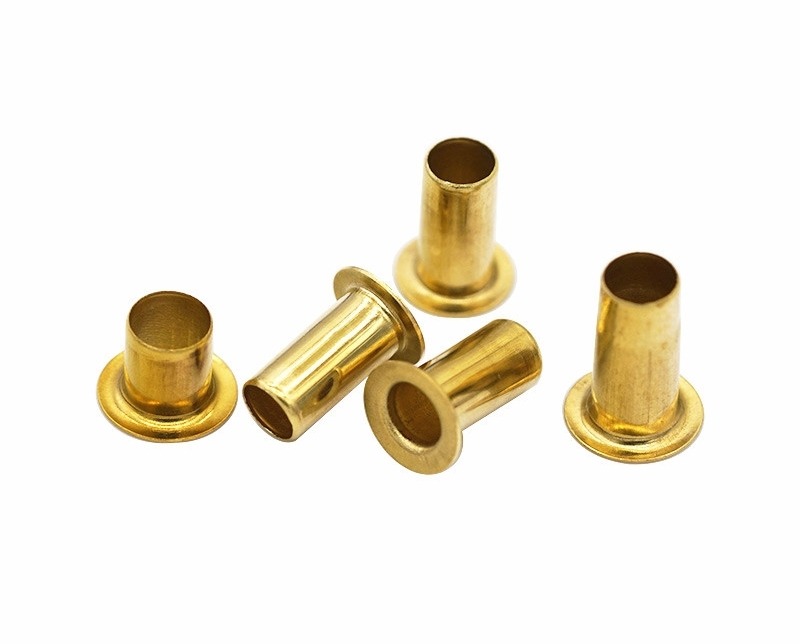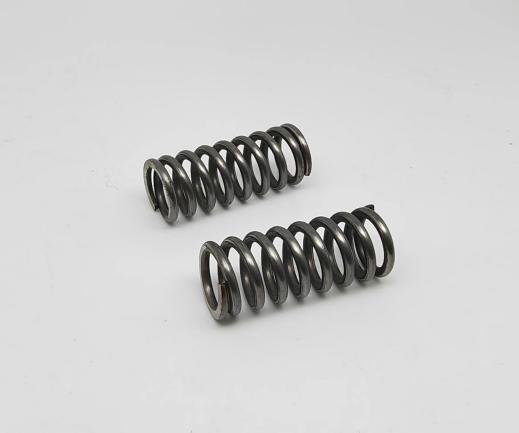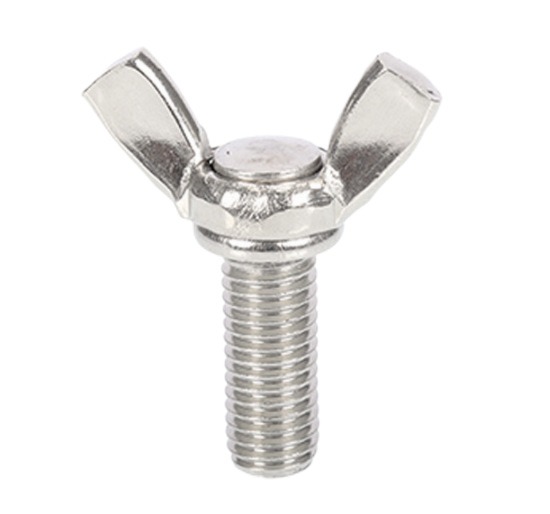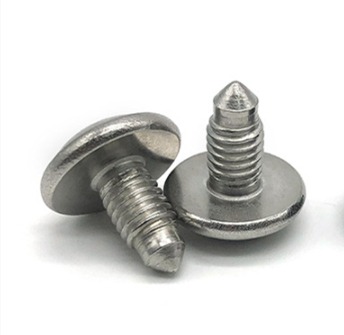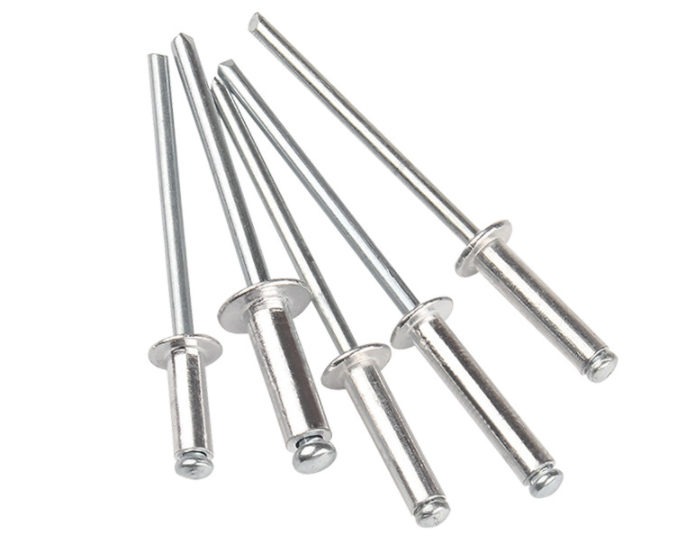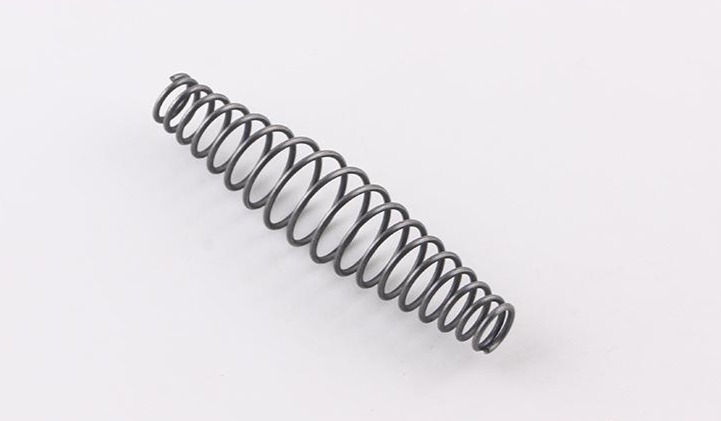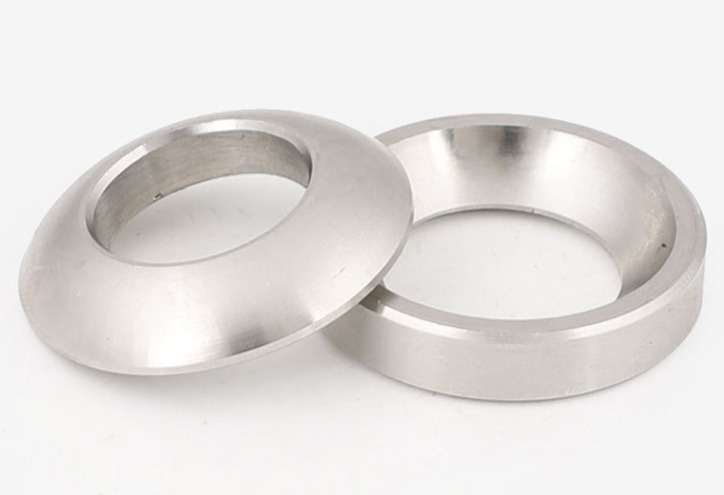How to Make A Sheet Metal Stamping Die?
A sheet metal stamping dies, also known as a tool or mold in the metalworking industry, is a specialized industrial tool used to form and shape sheet metal into precise shapes and sizes. It is often composed of several components, such as punches, dies, and blank holders, and is used in a stamping press to distort sheet metal into the desired shape. In this article, we mainly introduce how to make sheet metal stamping dies.

How To Design A Sheet Metal Stamping Die?
The design of a sheet metal stamping die is a critical step in the manufacturing process.
- Understanding the sheet metal part
To design a stamping die, you must first comprehend the sheet metal part that has to be created. This includes comprehending the sheet metal’s size and thickness, as well as the required shape and attributes of the finished product.
- Creating a design concept
A design concept is generated based on the understanding of the sheet metal part, which comprises the overall layout and structure of the die, the type of punches and dies to be used, and any other necessary components.
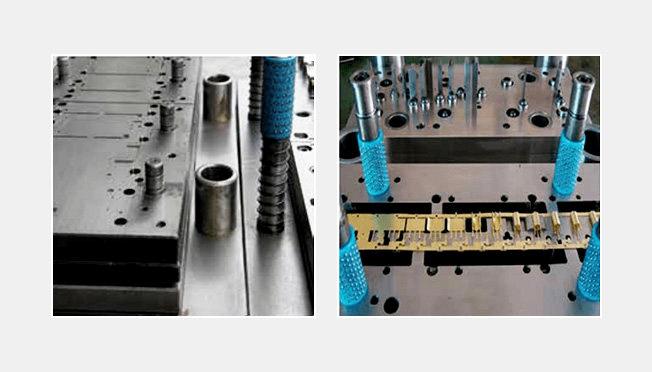
- Choosing the right material for the die
To survive the high pressures and strains involved in the stamping process, the material used for the stamping mold must be strong and durable. Stamping dies are commonly made of tool steel, carbide, and hardened steel.
- Designing the die structure and components
The design concept is used to create the die structure and components. The size and shape of the punches and dies, as well as the blank holder and other components must be determined.
- Creating a die layout
Following the design of the die components, a die layout is constructed to identify the exact arrangement of the components within the die. This includes defining the operating sequence and the required clearances between the components.

How to Select Material and Do Preparation for A Sheet Metal Stamping Die?
- Choosing the right sheet metal
Sheet metal used in the metal stamping process must be of excellent quality and of constant thickness. The sheet metal used is determined by the intended application of the stamped pieces as well as desired attributes such as strength and corrosion resistance.
- Preparing the sheet metal for stamping
Before it can be used in the stamping process, the sheet metal must be prepped. Cleaning the sheet metal to eliminate any dirt or debris and flattening it to ensure it is smooth and even are also required.
- Cutting the sheet metal to the required size
After the sheet metal has been cleaned and flattened, it must be cut to the proper size for the stamping operation. This can be accomplished using a variety of cutting equipment, including shears, plasma cutters, and laser cutters.
- Cleaning the sheet metal
After cutting the sheet metal, it must be cleaned again to eliminate any sharp edges or burrs. This guarantees that the sheet metal fits properly inside the stamping die and produces consistent results.
The sheet metal can be correctly prepared and cut to the required size for use in the stamping die by following these steps, resulting in a high-quality end product.
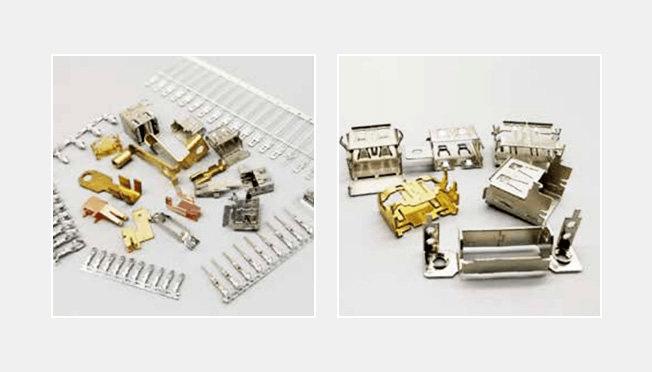
What Are The Making Process Of A Sheet Metal Stamping Die?
- Machining the die components
The stamping die components, such as punches, dies, and blank holders, must be machined to the precise size and shape. This is commonly done with CNC machining, which shape the components to the appropriate specifications using precise cutting tools.
- Heat treating the die components
After being machined, the components are heat treated to strengthen their strength and longevity. This entails heating the components to a high temperature and then rapidly cooling them to harden the metal.
- Assembling the die
The components are integrated into the final stamping die after they have been machined and heat treated. This entails assembling the components and attaching them with bolts and other fasteners.
- Testing the die
Before the die can be utilized for production, it must be tested to confirm that it is in good working order. This entails performing test stampings on a sample sheet of metal to confirm that the die is generating accurate and consistent results.
- Fine-tuning the die
If any problems are discovered during the testing phase, the die may need to be fine-tuned to produce the required results. This can include repositioning the components within the die or making other minor changes.
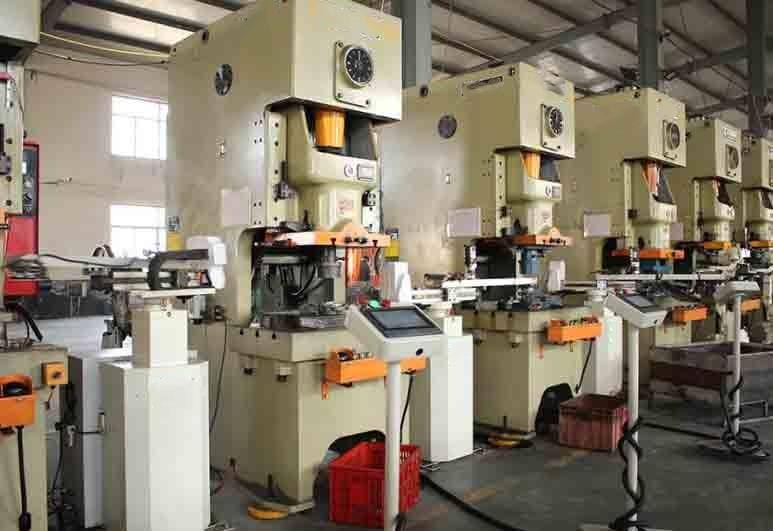
Testing and Troubleshooting of a Sheet Metal Stamping Die
Testing and troubleshooting of a sheet metal stamping die help to ensure that the die is functioning properly and producing high-quality metal stamped parts.

- Initial testing
After assembling the stamping die, it should be checked with a sample sheet of metal to ensure that it produces accurate and consistent results. This entails running many stampings and inspecting the produced pieces for flaws or discrepancies.
- Troubleshooting
If any problems are discovered during the initial testing, the stamping die should be thoroughly checked to establish the root cause. Checking the alignment of the components, inspecting the wear on the die surfaces, and testing alternative settings and parameters to identify the ideal settings for the stamping process are all examples of this.
- Fine-tuning
Once the root cause of the problem has been determined, the stamping mold may need to be fine-tuned to remedy the problem. modifying the position of the components within the die, modifying the settings on the stamping machine, or making changes to the die surfaces can all be done to optimize the stamping process.
- Re-testing
Following any revisions, the stamping mold should be re-tested to check that the changes enhanced the stamping process. This entails running many stampings and inspecting the finished pieces to verify they satisfy the required standards.

Summary
By following these steps, a high-quality sheet metal stamping die capable of producing accurate and consistent metal stamping parts for a wide of applications, such as the production of automotive parts, household appliances, and electronics, can be made.

